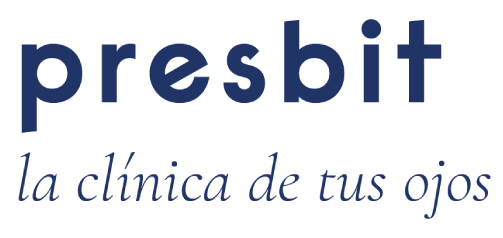Refractive surgery
What is refractive surgery?
Refractive surgery aims to eliminate one or more refractive defects of the eye, such as myopia, hyperopia and astigmatism, and thus say goodbye to glasses or contact lenses.
How is refractive surgery performed?
It is carried out by means of a series of simple techniques and brief surgical procedures that can be divided into two typologies:
- Laser refractive surgery: this technique uses lasers such as PRK or LASIK, among others, to modify the thickness and/or curvature of the cornea to correct dioptres.
- Refractive surgery with intraocular lenses: With this technique, a phakic or intraocular lens is implanted to correct the prescription. It is recommended when the degree of myopia, hyperopia or astigmatism is high, as they exceed the safety parameters for laser surgery. It consists of implanting a lens inside the eye without removing the crystalline lens.
How long does the operation take?
It is a very quick surgery, lasting only 10-15 minutes per eye.
What are the requirements for surgery?
- Have had a stable graduation for at least two years.
- Have sufficient corneal pachymetry (or corneal thickness) to be able to intervene on the dioptres to be treated. This is determined by means of a painless, quick and very simple examination.
- Unaltered posterior pole topography: measured with a short and simple test.
- Have a cornea free of lesions, alterations or scarring.
- No irregular astigmatism or other pathologies such as Fuchs’ dystrophy.
- Do not suffer from an eyelid disease such as blepharitis or severe dry eye that does not respond adequately to classic artificial tear treatment..
- Not suffer from collagen vascular disease or immunodeficiency.
- No cataracts surgery.
- Refractive surgery is also not recommended for glaucoma patients..
Is refractive surgery painful?
No, patient will not feel any pain. To prevent the eye from blinking, a separator is placed which, although it may seem bulky, is not uncomfortable.
What type of anaesthesia is used?
A topical local anaesthetic is used for this surgery, with eye drops applied directly to the eye. To prevent the patient from blinking during the surgery, a separator is placed.
What are the benefits?
- The results are immediate.
- Improving quality of life.
When is refractive surgery with intraocular lenses contraindicated?
- In case of glaucoma.
- If you suffer from cataracts surgery.
- When patient has Fuchs’ endothelial dystrophy.
- If patient’s eyes have narrow anterior chambers.
- In case of pseudoexfoliative syndrome (a condition in which a whitish material accumulates in the anterior region of the eye).
- When the patient has defects or diseases of the iris.
What are the risks of refractive surgery?
Although this is a very safe procedure that in most cases does not present any complications, these are the most common ones:
– Dry eye (the most common of all)
– Halos around the lights. Although they usually disappear within the first few months if they happen..
– Infections (less frequent)
We work with the best mutual insurance companies.
Get informed!


